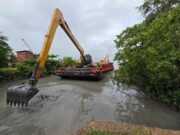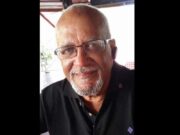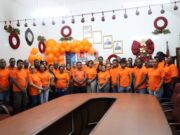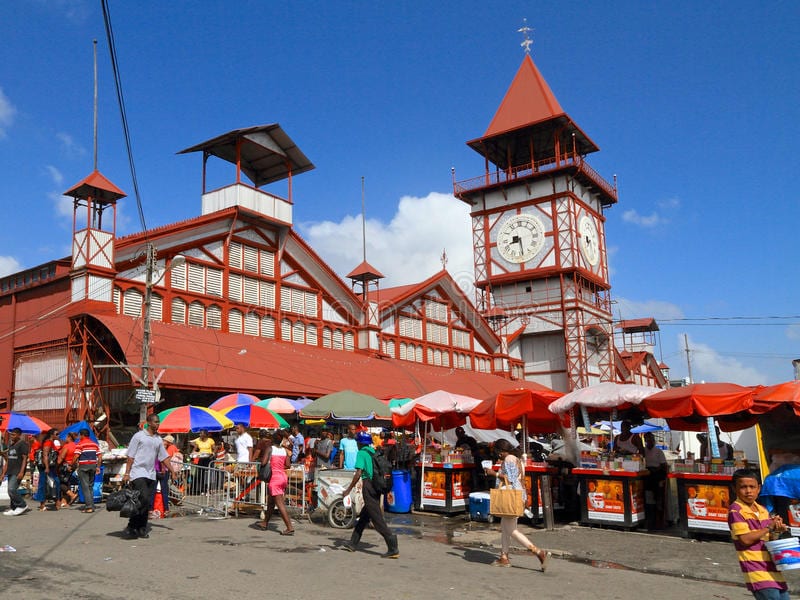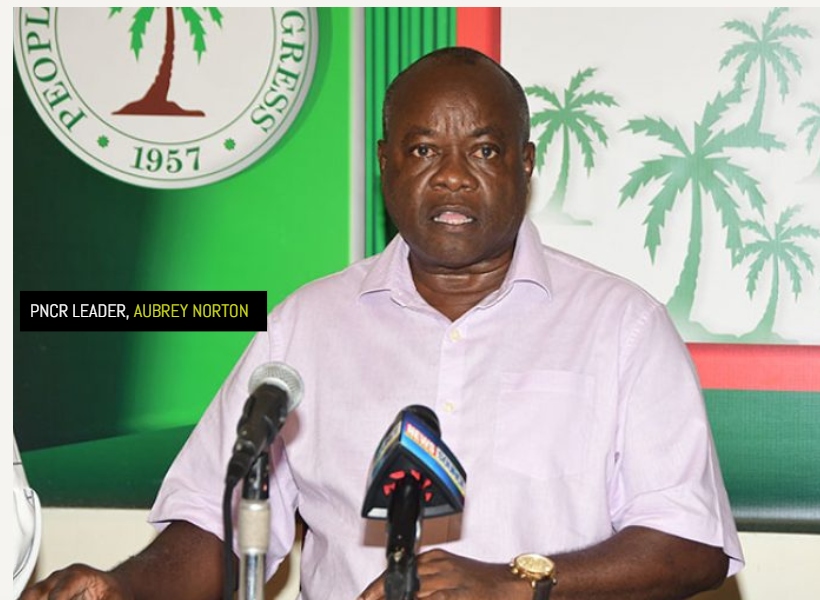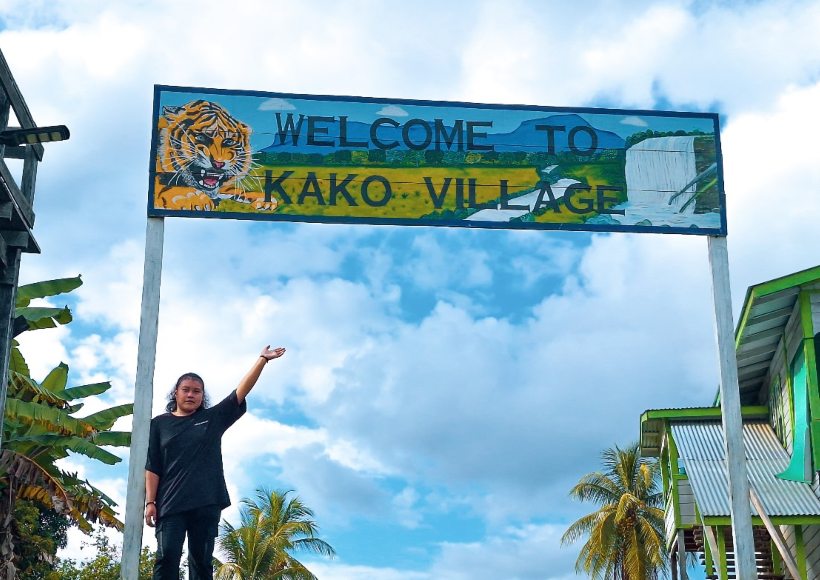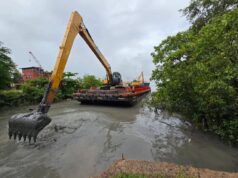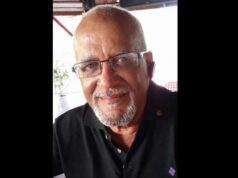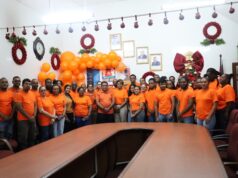Nestled in the lush forests of Upper Mazaruni in Region Seven, Kako is a tranquil Amerindian village that awakens the soul of any visitor with its serene beauty. Bordered by neighboring villages such as Kamarang, Waramadong, Jawalla, and even the majestic Mount Roraima, Kako is home to approximately 850 indigenous residents, primarily from the Akawaio tribe. The village is situated along the Kako River, a tributary of the Mazaruni River.
For those unfamiliar, the name “Kako”, it means “jasper” in the Akawaio language. It was named after the red stones found in the riverbed. This picturesque village is led by Toshao Romario Hastings, who took office four months ago and is believed to be the youngest village leader in Kako’s history.
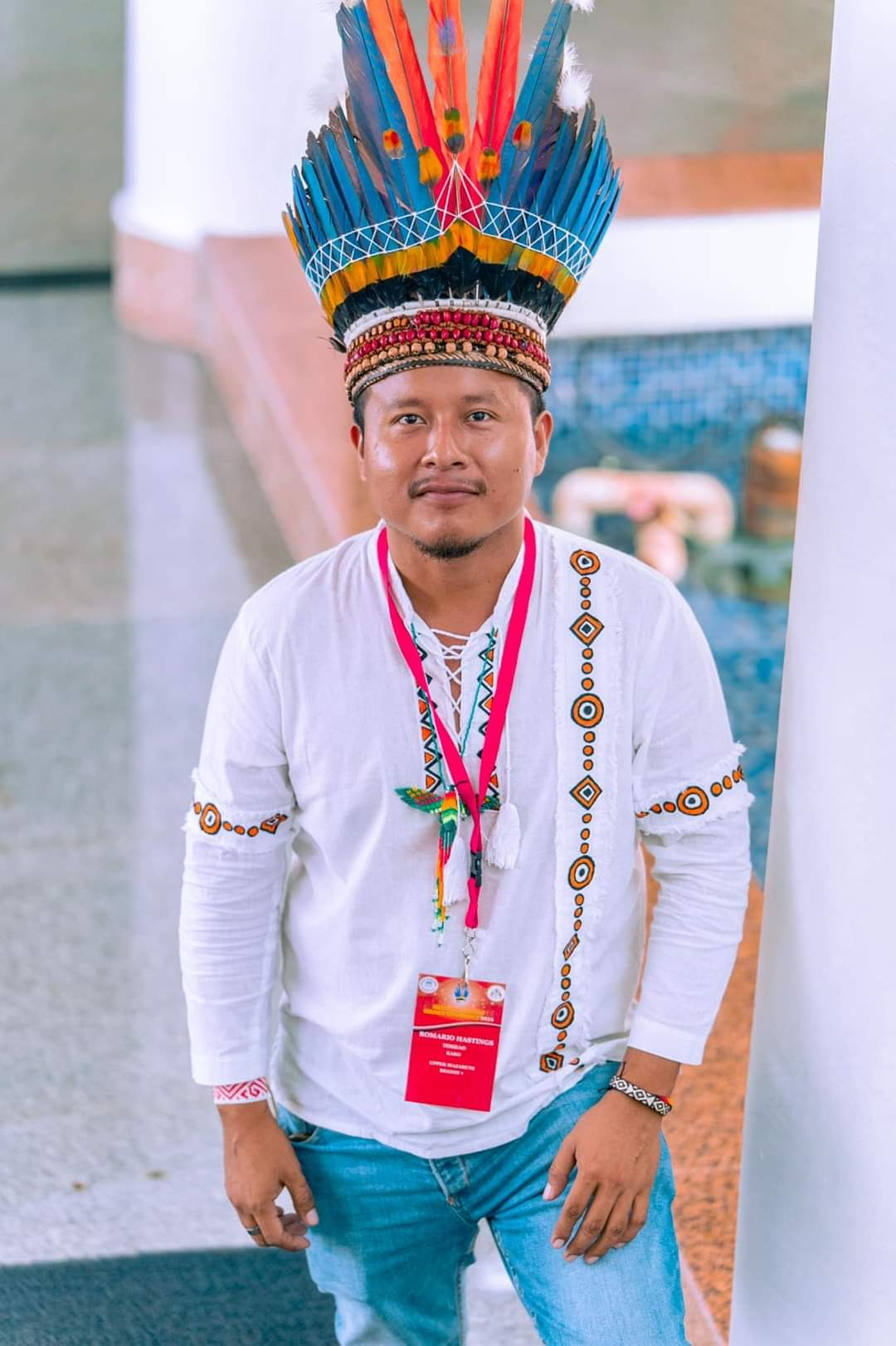
In an exclusive interview with the Guyana Standard, Hastings, an environmental professional, described Kako as a peaceful and humble community, renowned for its stunning natural scenery. He noted that most of the residents are Adventists, contributing to the village’s strong religious identity.
“It’s a peaceful and serene village, quite traditional in many ways. The hospitality here is unmatched—we truly welcome visitors and are always open to guests who are genuinely interested in understanding us as a people,” Hastings shared.
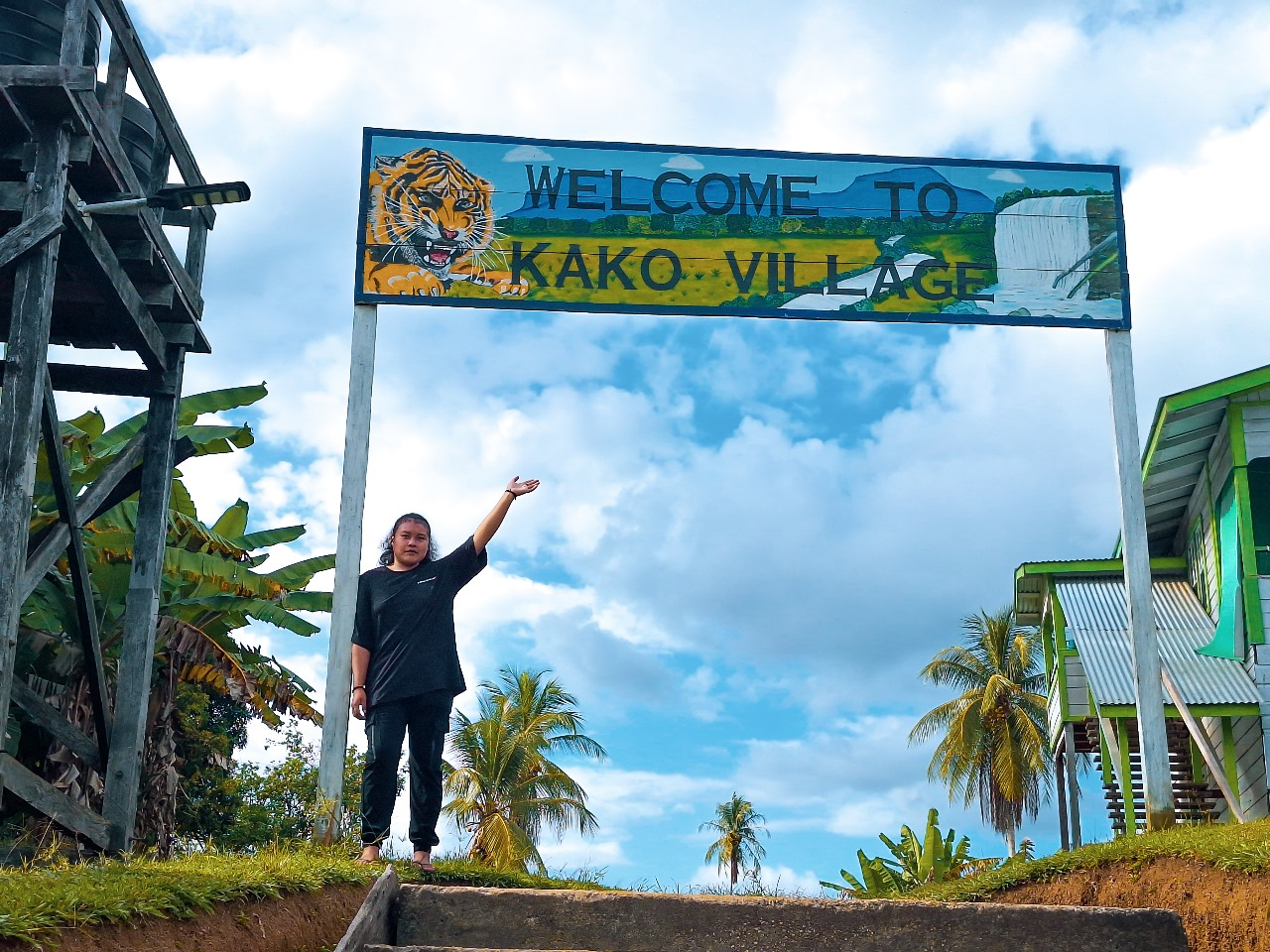
Despite its remote location, Kako boasts its own nursery and primary schools, with a teachers’ quarters set to be constructed. Secondary students attend the DC Caesar Fox Secondary School in Waramadong, approximately two hours away by boat.
Hastings revealed that the village is in the final stages of establishing an Information and Communication Technology (ICT) hub. Kako also has a village office and a community ground, primarily used by the youth for sports such as football and athletics.
There is also a health post in the village, staffed with knowledgable healthcare workers. However, this news agency understands that they are still awaiting a resident doctor, a service the village has requested. Despite these challenges, other public services are available to the community.
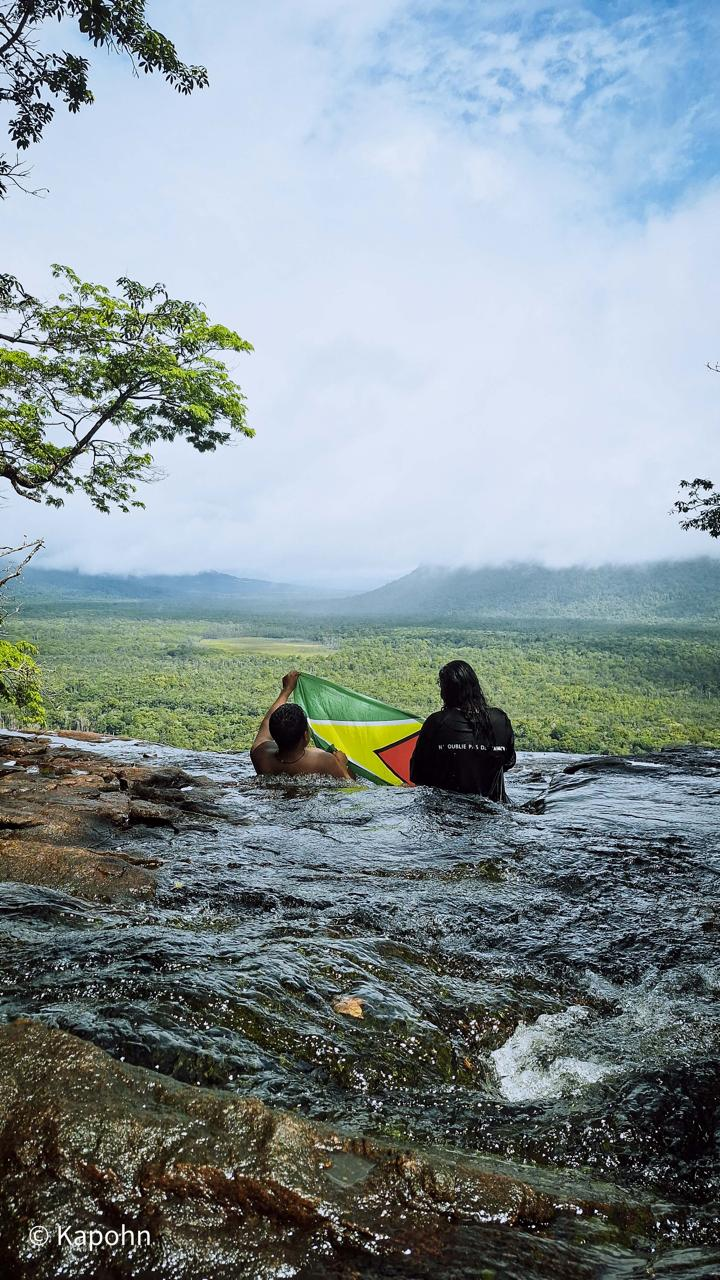
Like many other indigenous villages, life in Kako is simple. Farming plays a central role in the daily lives of the residents. “Farming is an everyday activity here. Families spend almost the entire day in the backdams because farming is seasonal.
“Right now, during the dry season, residents are clearing land. Before the rains, they begin planting annual crops, which keeps them occupied year-round,” Hastings explained. Some crops are used for household consumption, while others are grown for sale.
Mining is another source of income for Kako’s residents, though not to a large extent. Most men leave the village to work in backdams outside the area. Some are employed by the government, while others engage in fishing.
Kako’s rich vegetation and refreshing black waters are its pride and joy. “Many rivers in the Cuyuni-Mazaruni region are turbid due to mining, but Kako maintains its black water. We take great pride in preserving our natural environment, allowing visitors to experience nature in its purest form,” Hastings remarked.
One of Hastings’ key initiatives as Toshao is to promote tourism. He mentioned that the village has several cultural sites and waterfalls, though they are somewhat distant, and his team is working to make them more accessible.
One of the waterfalls he is currently promoting is Chinakoruk Falls. “There are several waterfalls here. Chinakoruk is the closest, and we are working on developing it as a tourist site. We also have broader plans for tourism development in the village,” Hastings said.
Kako is new to tourism, but the village has engaged relevant bodies to explore its potential offerings. “There is tremendous potential, but one challenge is air travel,” Hastings noted. To reach Kako from the capital, one must charter a plane from Ogle Airport to Kamarang Village, followed by an hour-long boat ride to Kako.
Nevertheless, Hastings is determined to see these initiatives come to fruition. He emphasized that one of the reasons he accepted the role of Toshao was to ensure the development of his village and surrounding communities.
“I want to focus on key areas required by law under the Amerindian Act. I hope to see Kako establish its own rules and a long-term plan that transcends leadership changes. On a managerial level, I aim to put systems in place that are functional and sustainable for future local government leaders,” he commented.
In addition, Hastings is laying the groundwork for programmes and projects that will benefit the village, building networks and connections with other communities.
For those interested in visiting Kako, Toshao Hastings assures that they will encounter a peaceful people and a different atmosphere from the busier parts of the world.
